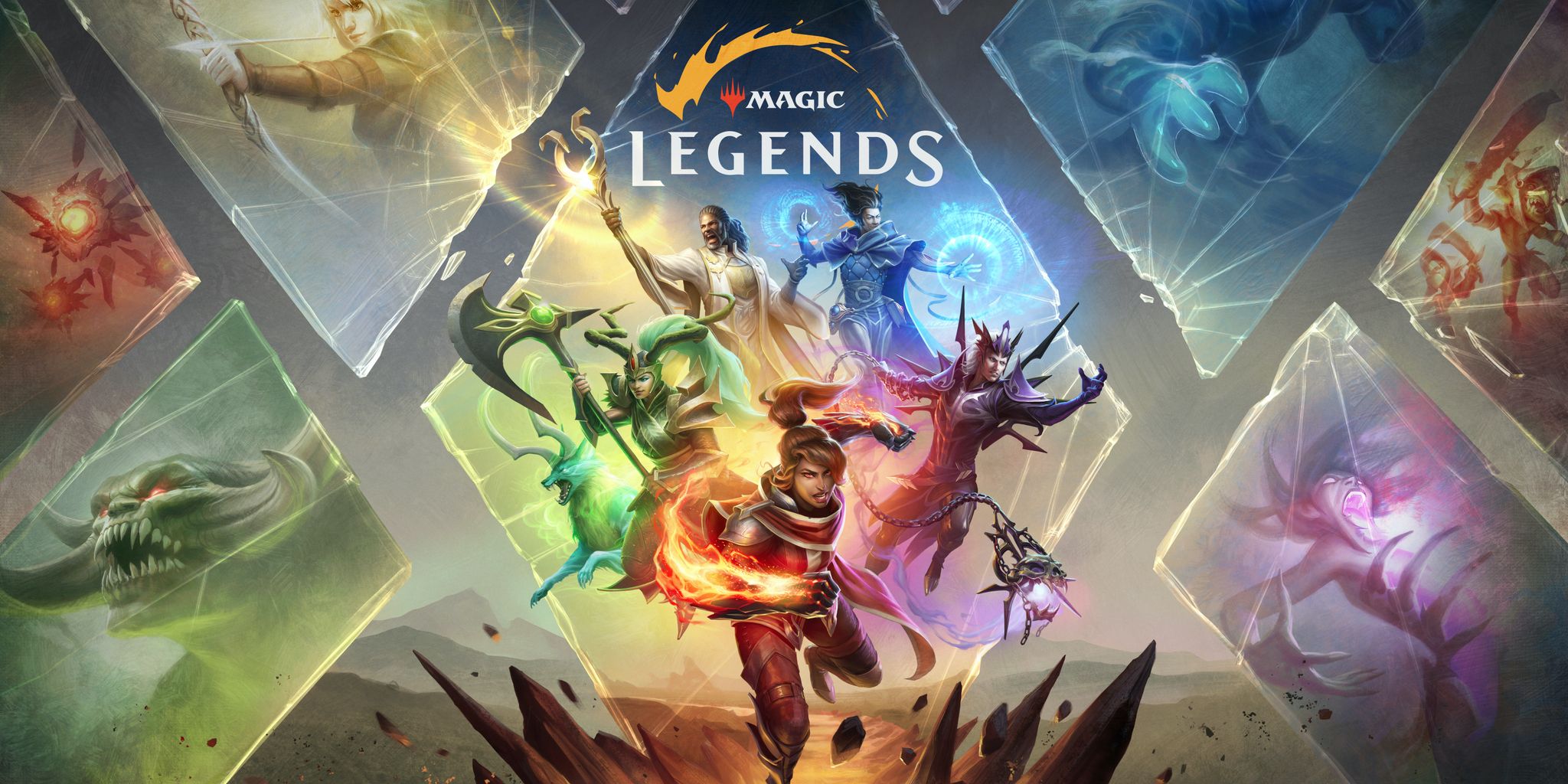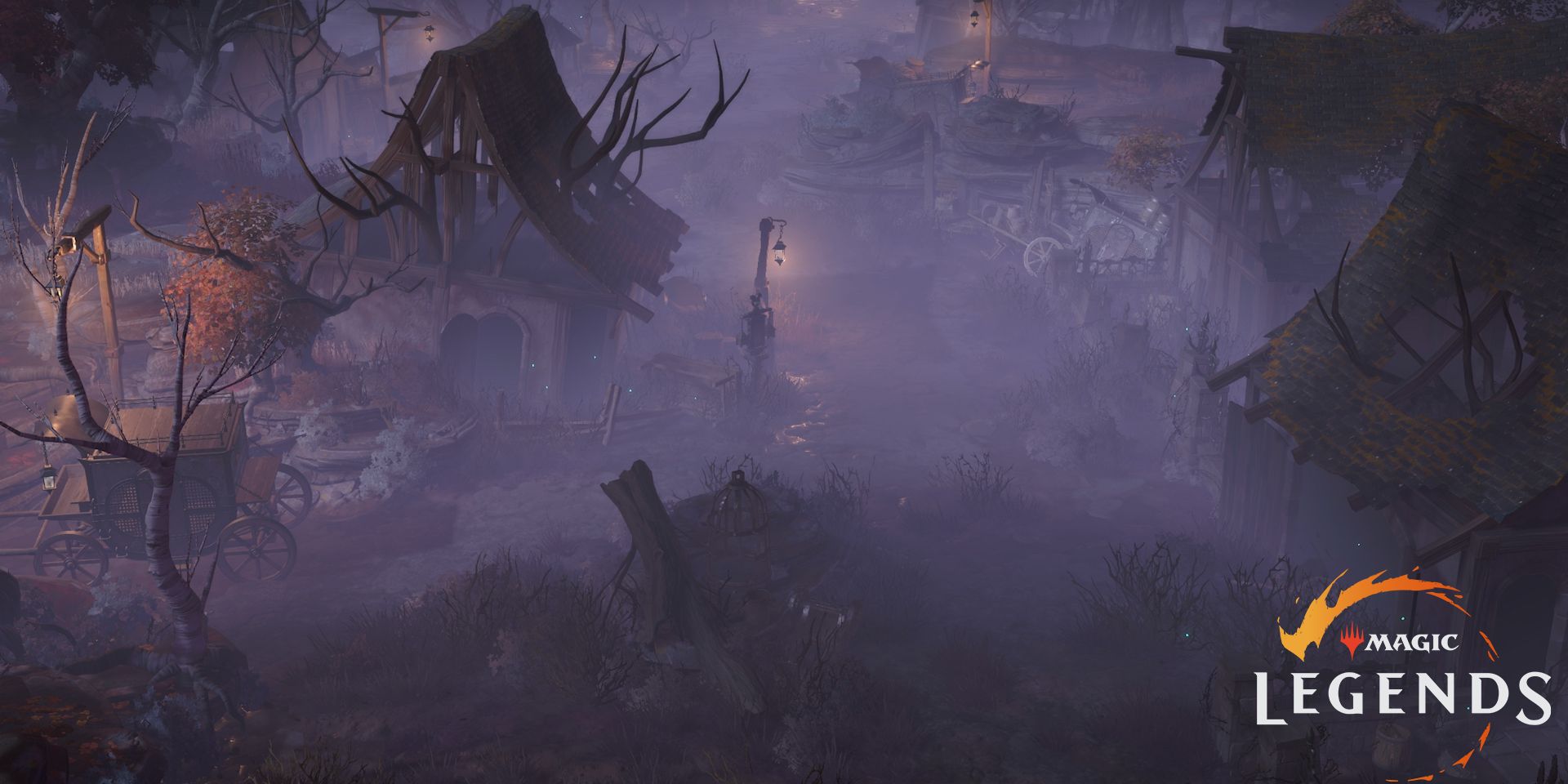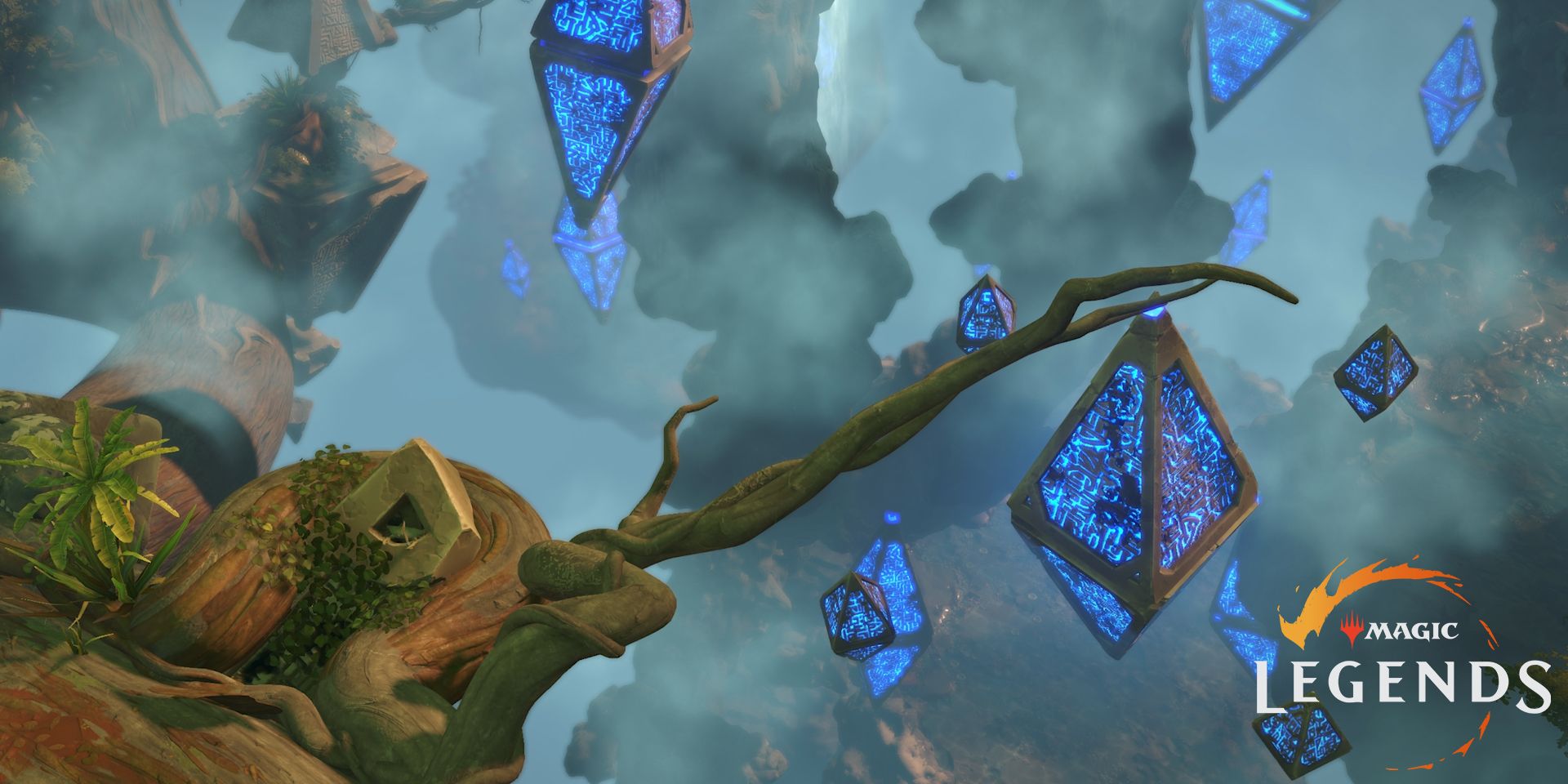Magic: Legends brings a different spin to the traditional Magic: The Gathering formula, with gameplay more akin to Diablo or Path of Exile. Legends is real-time action roleplaying game where players can work together as a team to explore the various planes of the Magic multiverse. Each "class" is inspired by one of Magic's five colors, and players will cast spells from a deck they build themselves (much like in the original game).
The game has been in closed beta for a few months now, but anybody will be able to download and play it starting March 23. To get a better idea of what's in store for players during the open beta, CBR spoke with Magic: Legends senior writer Winter Mullenix.
CBR: Where did the creative team start when developing the overall picture for Magic: Legends?
Winter Mullenix: We knew from the start that we wanted to deliver on the Planeswalker power fantasy while also giving players the freedom to experiment with unique spell decks, but we needed to answer the questions of how, when and where said experience would be delivered. Our team experimented with various approaches to gameplay and mechanics while we worked with Wizards of the Coast directly to identify a solid starting point for the player story.
CBR: Where does Magic: Legends fall in the Magic timeline? Will we see a post-Eldrazi Zendikar? Pre-War of the Spark Ravnica?
Mullenix: The overarching story we landed on for Magic: Legends sees us entering the Multiverse’s timeline before the Hour of Devastation on Amonkhet takes place. This is the perfect point in time, because it leaves us with a lot of room to explore things that connect the major multiversal events as portrayed in tabletop sets.
Players will get to experience five major explorable regions spanning three planes at launch: Dominaria, Zendikar and Innistrad. Many more will come in time. However, we can confirm players will get to see a ravaged, post-Eldrazi Zendikar full of hedrons. In regards to Ravnica, that is definitely a place we are aiming to explore in time.
CBR: Can we expect to see popular Magic characters in the game?
Mullenix: Players can absolutely expect to see popular Magic characters from the existing stories and card game, the first of whom will be Ral Zarek. Players will also encounter Nissa Revane, Squee, Lyra Dawnbringer, Josu Vess and Danitha Capashen. There are more we have yet to announce just yet, and several we have planned for future updates.
CBR: Each class is based on one of Magic's primary colors -- how do you go about incorporating the philosophy and feel of each one?
Mullenix: Our class design processes are built with the Planeswalker power fantasy, and mana color themes in mind. To that end, we start with a core and work our way out. We begin by deciding what color or colors of mana define the class concept and then draw upon existing Magic: The Gathering lore for further inspiration. Our systems, art and animation teams work off of the color pie to ensure every aspect of the class is informed by the philosophy and feel of their thematic colors.
One example would be our Mind Mage class, which embodies the cool, calm intellect one associates with Blue mana. The character design features flowing materials, a calm appearance and smooth animations, while their abilities give them thoughtful control over the battlefield.
CBR: Magic has such a rich history as a game that's been around for over twenty-five years -- how does that influence creative development?
Mullenix: We hold regular meetings with Wizards of the Coast to ensure our stories and designs fit within their established lore and cosmology. That said, it certainly helps that each release for the card game features an extremely well-defined theme and narrative. Each story, plane and period of time stands strong on its own, and can easily be identified.
Even with the sheer amount of material we get to draw from, it is easy to work within the established design blocks. In that regard, it also helps that everyone on the team plays the card game. Many of us -- myself included -- have been playing since the original release back in the 1990s.
CBR: Magic: Legends uses spells based on cards from the original game. Do you pick cards first, or try and find cards that fit the spell you've already designed?
Mullenix: Every design decision we make is inspired by the original card game. Spells are no exception to that rule. However, considerations have to be made based on the foundational differences in the genre. Magic: Legends is an action RPG, whereas Magic: The Gathering is a tabletop card game.
Some spells from the card game translate very well to action RPG gameplay, especially when they feature direct mechanics. On the other hand, many spells from the card game are deeply rooted in tabletop style mechanics. For this reason, we have actually gone both ways when designing spells for Magic: Legends. Sometimes spells are inspired directly by cards from the original game, and sometimes a spell from the original card game happens to fit neatly into one of our existing spell concepts.
CBR: Is there anything else in particular you'd like to share/add?
Mullenix: We can’t wait to share Magic: Legends with everyone. Players will get to create their own Planeswalker and experience the Multiverse for themselves when we enter PC Open Beta (via Arc and Epic Games Store) on March 23. Make sure to check us out on the game's website, where you can find links to our social channels and keep up to date on the latest Magic: Legends news!



